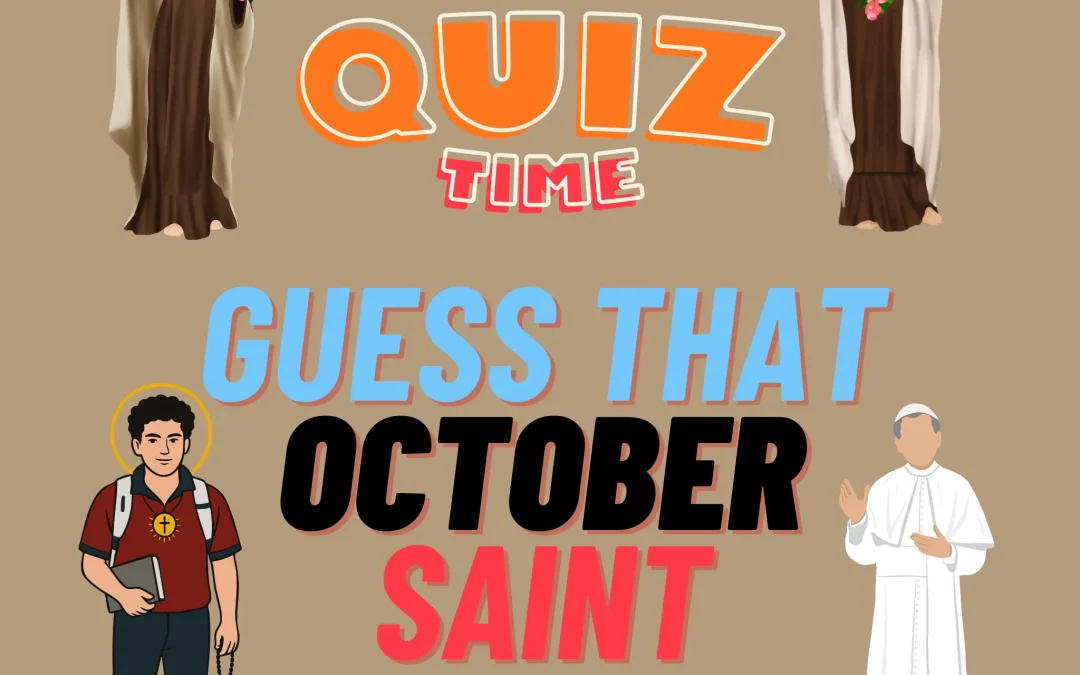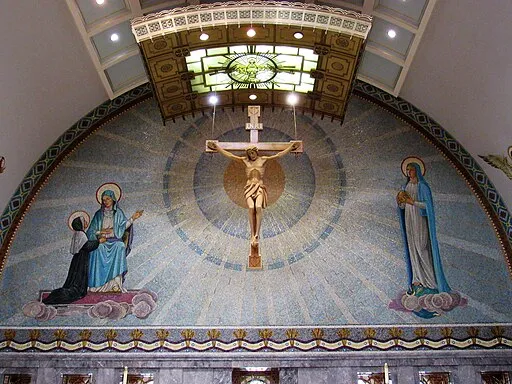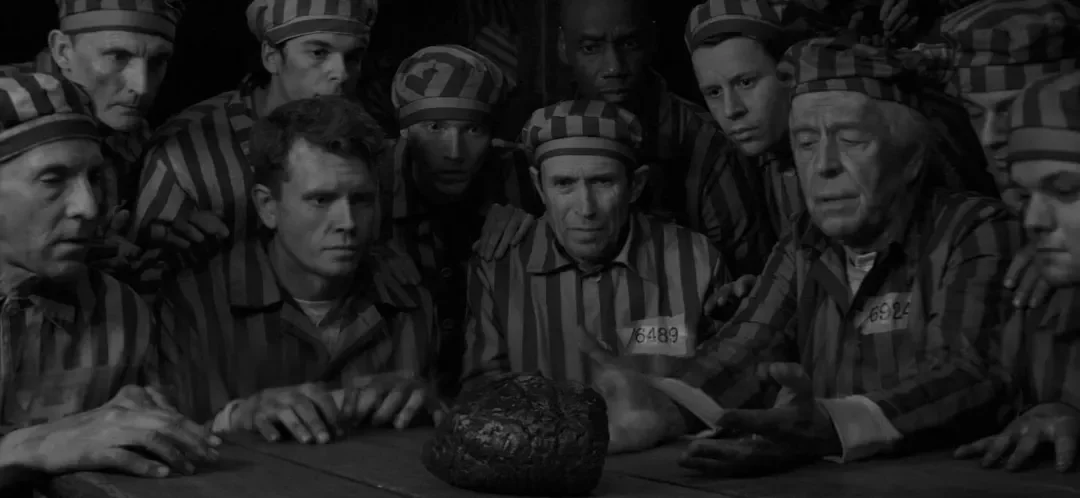When you see a red octagon, I’d imagine the first word that pops into your head is “Stop!” Or when you see a check mark on a test, you can safely assume that you got the answer correct on your test. Symbols are perhaps the easiest way to convey a meaning or a message. I suspect this is one reason why emoji are so popular on messaging platforms – they convey in one small picture something that would be a bit more difficult to explain with only words.
The Heart: A Universal Symbol of Love
Another clear symbol is the heart, which is widely accepted as the universal symbol of love. Valentine’s Day cards and treats are covered with hearts to convey the message of the holiday. No matter your background or worldview, the symbol is able to convey the message.
The Sacred Heart: A Symbol of Divine Love and Suffering
This is what makes the image of the Sacred Heart of Jesus such a powerful image in our Catholic faith. The Heart of our Lord, burning with love for us, surrounded with the crown of thorns and pierced to show his willingness to suffer for us, gives a tangible image that conveys the depth of His unceasing love.
A Devotion Rooted in Scripture and Tradition
Devotion to the Sacred Heart of Jesus goes back to St. John’s Gospel, where the Evangelist writes that “one of the soldiers pierced his side with a spear, and at once there came out blood and water” (John 19:34), depicting the totality of Christ’s gift of self on the Cross, down to the very last drop of blood. St. Margaret Mary Alacoque, a 17th century mystic, is perhaps the most popular origin of the Sacred Heart devotion, and it is from her revelations that the Litany of the Sacred Heart was developed. Pope Leo XIII officially approved it in 1899, the same year that he consecrated the world to the Sacred Heart prior to the Jubilee Year of 1900.
Understanding the Litany of the Sacred Heart
The Litany of the Sacred Heart is composed of 33 titles attributed to the Heart of Jesus, one for each year of his earthly life. Meditating on the titles are a great way for someone who longs to know Christ to deepen their devotion to His Sacred Heart. Reflecting on how the Heart of Jesus is “aflame with love for us” or the “king and center of all hearts,” provides a great springboard to deeper prayer and conversation with the Lord.
Moving Beyond Rote Prayer: A Call to Meditation
When I pray with longer rote prayers, such as litanies like this one, it is easy for me to fall into the habit of just quickly reading words without taking the time to ponder their deeper meaning or what God might be trying to say to me through them in that moment. Praying the Litany through the lens of meditation helps it to bear greater fruit in our lives.
A Practical Way to Pray the Litany
Practically, this might mean that rather than praying the entire litany daily, I take five or ten minutes to sit with one title a day, allowing God to speak to me through that particular title. When I see that the Heart of Jesus is “overwhelmed with insults,” I see both just how much He was willing to suffer for me and how much He understands and knows what it’s like when I feel overwhelmed. He sees me in my suffering, and I am not alone. Sitting with the Litany during a time of quiet Eucharistic adoration or in your favorite “prayer chair” during the sunrise or sunset provides a great atmosphere for this meditative approach to the Litany of the Sacred Heart.
Ascension recently released a great resource in the Ascension app entitled “The Litany of the Sacred Heart: Introducing the Person of Jesus,” featuring short meditations from trusted Catholic voices on each of the titles in the Litany. I found these meditations to be a great way to springboard into deeper prayer with each particular title I pray with on a daily basis.
However you enter into prayer or whatever resource you use, there is much to be received from the simple yet profound act of meditating on the love contained within the Heart of Jesus for each of us. May our hearts be set aflame by that love!












